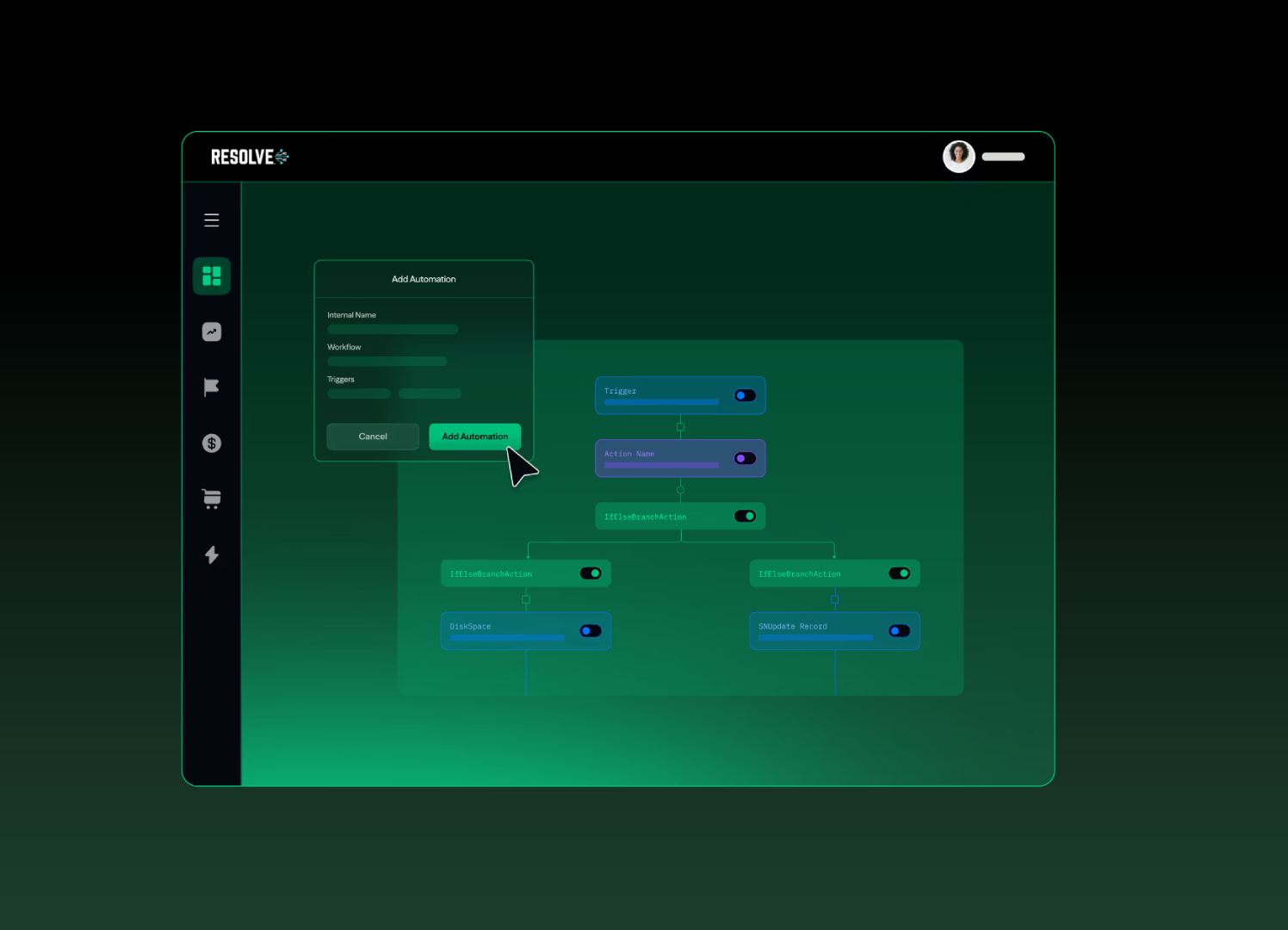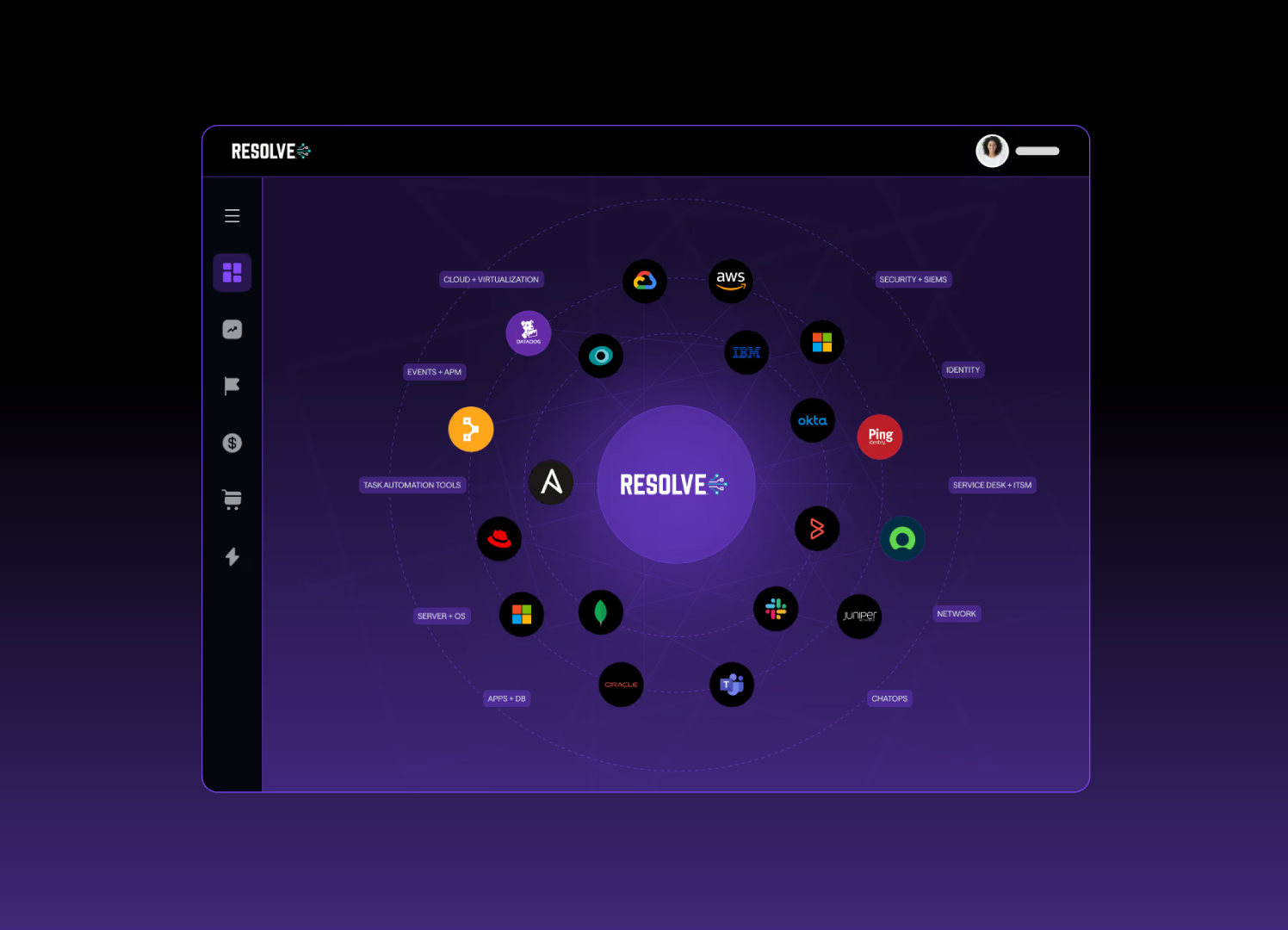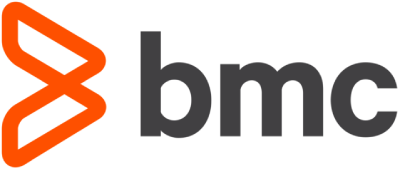
Intelligent Automation for Always-On Banking, Finance, & Insurance
Meet the demands of a hyper-regulated, high-stakes industry. Resolve empowers financial institutions to proactively reduce outages, strengthen compliance, and eliminate IT backlogs at scale.
Solve Complex IT Challenges with Agentic Automation
Resolve automates and orchestrates across OSS tools and network layers—turning fragmented processes into seamless workflows that drive speed, reliability, and scale.
Routine requests and manual effort block transformation and slow compliance work
With Resolve
Automate everyday IT tasks at scale
Freeing teams to focus on innovation, with automation that preserves uptime and reduces audit risk

Downtime and slow response times risk customer trust and regulatory penalties
With Resolve
Remediate incidents proactively with intelligent automation
Preventing outages and SLA breaches through rapid, auditable execution

Legacy systems and fragmented tools hinder modernization efforts
With Resolve
Automate across hybrid infrastructures, from mainframe to cloud
Accelerating transformation without compromising continuity or complianceFreeing teams to focus on innovation, with automation that preserves uptime and reduces audit risk

High ticket volume and alert fatigue bury IT in noise
With Resolve
Slash noise and manual workload with AI-driven correlation and resolution
Reducing operational bloat and enabling Zero Ticket IT efficiency at scaleFreeing teams to focus on innovation, with automation that preserves uptime and reduces audit risk

Saved through Scalable Automation in Financial Services
A Fortune 500 financial firm modernized operations with Resolve-powered automation.


Section Heading
Lorem ipsum dolor sit amet, consectetur adipiscing elit. Sed vitae ligula vel velit luctus dignissim. Phasellus vitae nunc non augue fermentum suscipit.
Automate Core Banking and Regulatory Workflows
From core banking transactions to regulatory reporting (e.g., PCI DSS, SOX, GDPR), Resolve orchestrates complex, multi-step workflows with speed and accuracy.

Proactively Address Incidents Before They Escalate
Identify, triage, and resolve incidents before they escalate—with AI-powered automation that keeps financial systems secure and services uninterrupted.

Bridge Legacy and Modern IT Systems
Unify operations across hybrid environments, ensuring visibility and control across cloud, on-prem, and mainframe.

Accelerate Time-to-Value with Financial-Specific Integrations
Out-of-the-box support for core banking, security, observability, and compliance tools gets automation running faster—without ripping and replacing.


Agentic Automation & Orchestration for All of IT
What We Can Help You Automate
From compliance to cloud, today’s IT environments demand speed, precision, and scale. Our platform helps you automate the critical workflows that keep your organization secure, compliant, and agile, freeing up teams to focus on strategic innovation. Here are just a few of the high-impact areas we can help streamline.
Integrate with Anything
From API to CLI, cloud to colocation, we connect to everything in your hybrid environment.


































